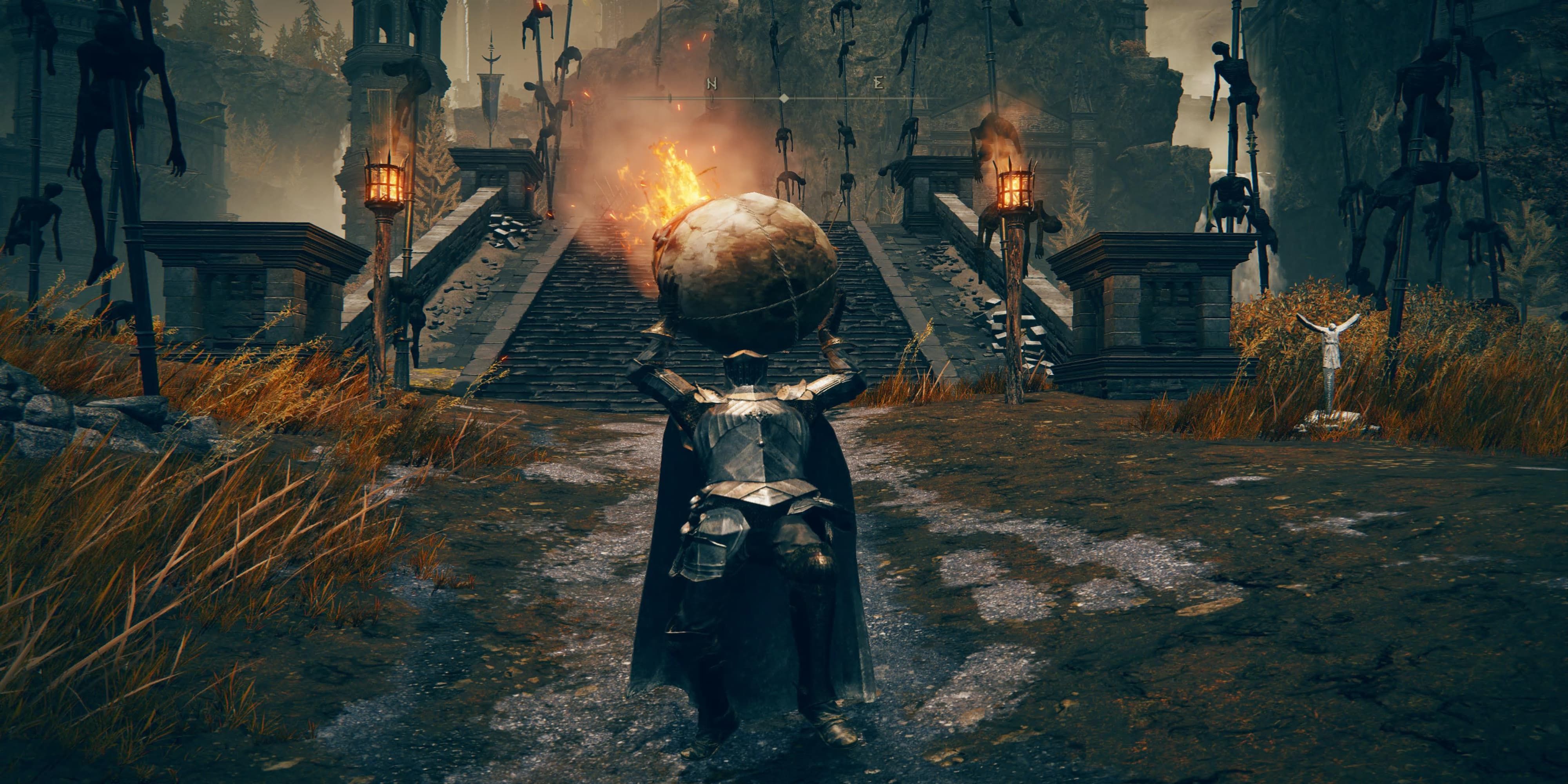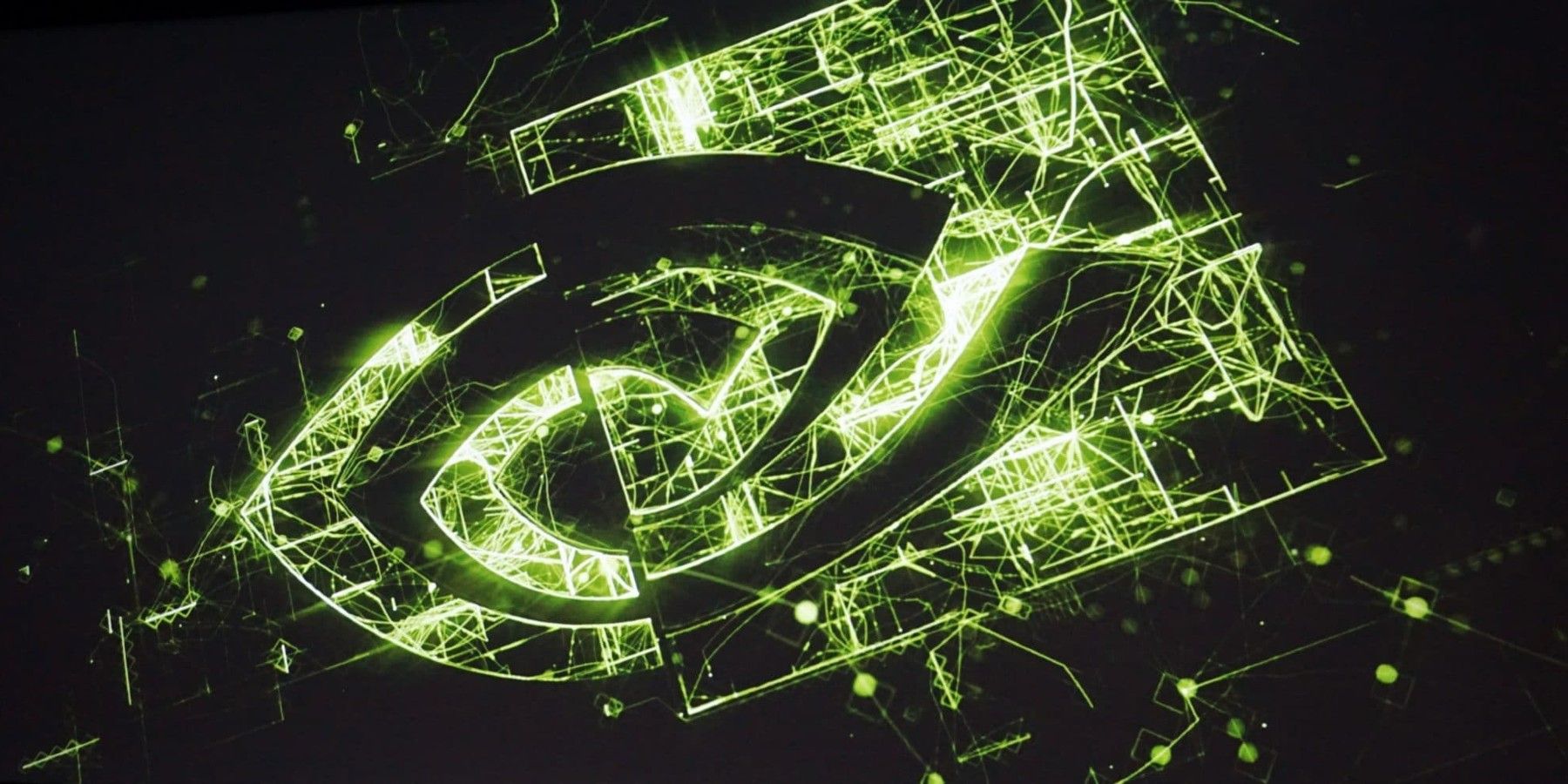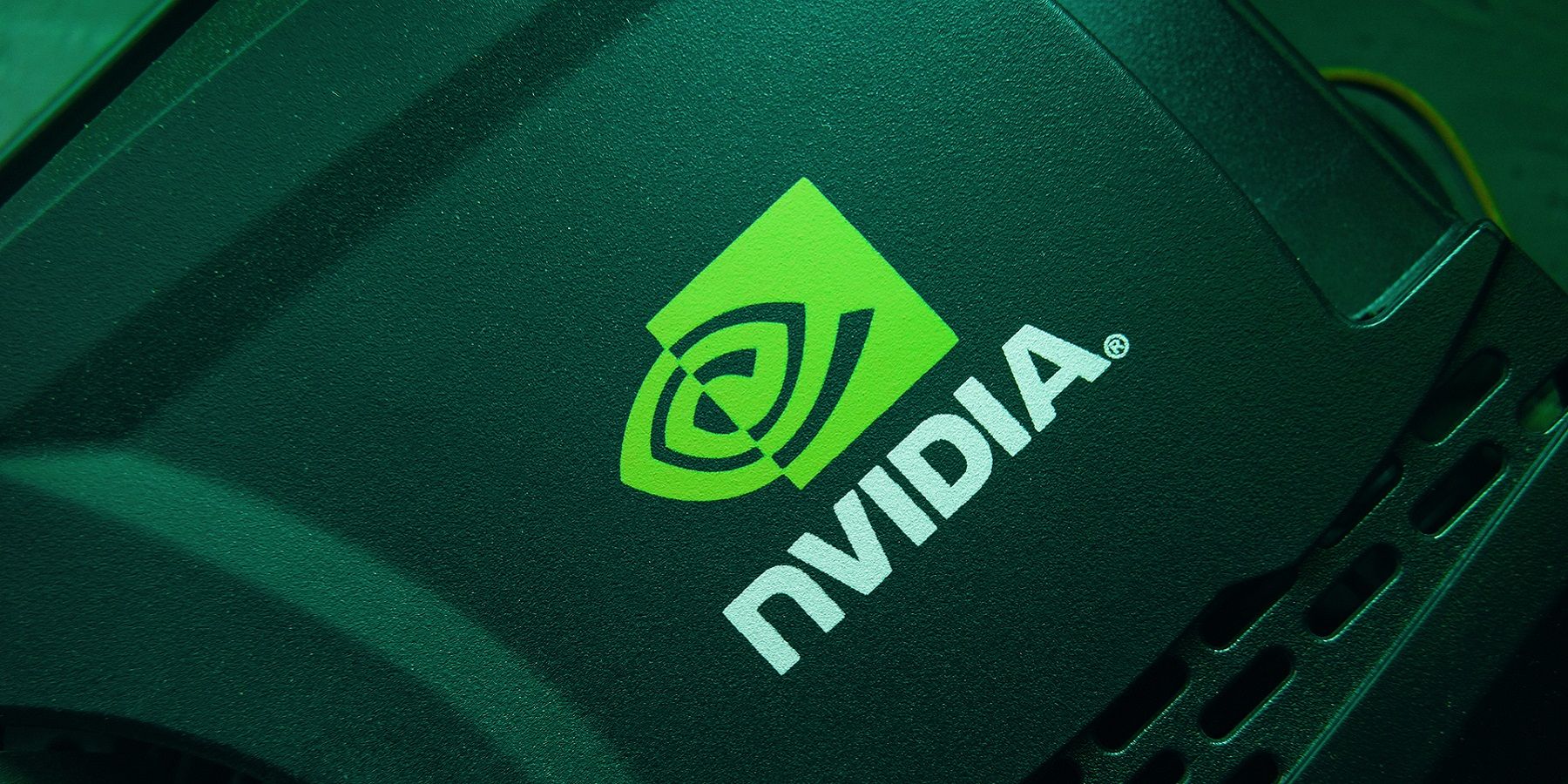NVIDIA has been on the front lines of graphics innovation for a long time. With the release of the RTX 30-series cards last year, the developers looked to push the boundaries of visual performance even further. While the company has promoted technologies such as ray tracing through its line of RTX cards, another technology has made an arguably bigger impact for gamers: DLSS (Deep Learning Super Sampling).
DLSS is a technology utilized by Nvidia graphics cards to improve performance in video games. Using a deep learning neural network, the technology can upscale images from a lower resolution to a higher resolution. This in turn allows gamers to run hardware-intensive features such as ray tracing at higher frame rates. One of the interesting aspects of the technology is that the AI model used for DLSS can “continually improve” using NVIDIA’s supercomputer. While only certain games support the use of DLSS, that number looks to be growing in the future.
Recently, NVIDIA announced that it was going to allow the developer community to test on the latest experimental models of DLSS. One of the highlights of this news was that developers could now test using NVIDIA’s supercomputer. According to the company, developers now have access to download Dynamic-link libraries (DLLs). This is exciting for the gaming community as it allows game developers to test these systems and then send feedback to NVIDIA to improve the technology moving forward.
As developers look to begin using these features, NVIDIA is providing 2 experimental DLSS models for testing labeled “White Collie 1” and “White Collie 2” respectively. However, it is worth noting that the features included in these 2 versions might not be included in upcoming official DLSS releases for the public. In addition, NVIDIA cautioned that the 2 new models "are not fully validated and may contain regressions."
The first of these models targeted improvements to the detail of objects in motion along with making particles more visible. In addition, it looked to reduce ghosting and make improvements to the way the software handled native instability. Furthermore, the second model gave developers an alternative fix for ghosting in games and applications.
This news regarding new testing for DLSS comes as many consumers are still attempting to buy NVIDIA GPUs to take advantage of the technology. The ongoing chip shortage has increased the scarcity of these cards. However, a recent analysis suggests that this could lead to an increase in the supply of GPUs by 2023. Hopefully, these cards become more available in the coming months so that gamers have access to this ever-improving technology.
Source: NVIDIA





